These are some of the items from 100 Questions and Answers About Muslim Americans. You can get 100 Questions and Answers About Muslim Americans with a Guide to Islamic Holidays in print or digital form from several booksellers.
How do I say “Muslim?”
Who is Allah?”
Who is Muhammad?
How many Muslims are there around the world?
How many Muslims are there in the United States?
What is the hadith, and how is it different from the Quran?
What does the Quran say about peace and violence?
Which countries are predominantly Sunni and Shia?
What are Abrahamic religions?
Is the Nation of Islam the same as Islam?
Why do Muslims pray facing Mecca?
What is the kaaba?
What is the call to prayer?
Who is the leader of Islam?
What is a fatwa?
What is Shariah?
What does halal mean?
Are halal and kosher foods the same?
Is Islam growing in the United States?
What does jihad mean?
What is Islamophobia?
What is the garment that some Muslim women wear on their heads?
How do I say “Muslim?”
Say “Mu,” using the “u” sound from “push.” Then say “slim.” No “oo” or “z” or hissing sound. Correct pronunciation shows respect. Back to top | To order.
Who is Allah?
Allah is the Arabic word for God. Islam, like Christianity and Judaism, is a monotheistic religion, which means followers believe there is only one God. Islam teaches that God is fair and just, has no shape or gender, cannot be seen, always has and always will exist, and knows all. The Arabic phrase “Allahu akbar” means “God is greater” in English. Translations that change all the words except Allah should be avoided. They are incomplete and make it sound as though Muslims worship a foreign God. Back to top | To order.
Who is Muhammad?
To Muslims, Muhammad is the final prophet or messenger of God. A messenger is a prophet who delivers God’s message to the people. Muhammad was a man and not a god. He was born in Mecca in 520, Common Era, and died in Medina in 632. Tradition says that the Archangel Gabriel began revealing God’s message to Muhammad in 610. This continued for the rest of Muhammad’s life. He began sharing the message a few years after he started hearing it. The written message is called the Quran. Muhammad was born into a wealthy tribe, but his father died before his birth and his mother died when he was 6. Before she died, she sent the young Muhammad into the care of others in the desert. There, away from the city, he learned discipline, nobility and what it meant to be free. As a man, his generosity and fairness made Muhammad a source of advice. He delivered the Quran by dictating it to others, who wrote it down word for word. Back to top | To order.
How many Muslims are there around the world?
According to the Pew Research Center’s Forum on Religion & Public Life, there are about 1.6 billion Muslims in the world. This makes Islam the world’s second-largest religion after Christianity, which has about 2.2 billion. Here is another way to look at it: about one third of the world’s population is Christian; about one fourth is Muslim. Back to top | To order.
How many Muslims are there in the United States?
The Census Bureau does not count religions, so reports vary. The U.S. Council on Foreign Relations reports that estimates range from 2 million to 7 million. The higher estimate would equal about 2 percent of the U.S. population. Back to top | To order.
What is the hadith, and how is it different from the Quran?
The hadith is the record of the words and deeds of Muhammad. The Quran is the word of God. While not held to the same level of importance as the Quran, the hadith is still important because Muhammad is regarded as a model for living God’s will. The hadith was passed down through oral tradition and then written down and agreed upon by scholars. The records of Muhammad’s deeds are called the sunnah. Back to top | To order.
What does the Quran say about peace and violence?
Various passages in the Quran are interpreted as being both peaceful and violent. There are verses about loving an enemy, wishing good fortune to an enemy and making friends with an enemy, but there are also verses about forcefully defending one’s community. Interpreting verses out of context or without research can be problematic. Back to top | To order.
Which countries are predominantly Sunni and Shia?
The Pew Research Center estimates the world Sunni population at 87-90 percent of Muslims and the Shia population at 10-13 percent. Most Arab nations have Sunni majorities. Between 68 percent and 80 percent of Shia Muslims live in Iran, Pakistan, India and Iraq. Back to top | To order.
What are Abrahamic religions?
Judaism, Christianity and Islam are connected through Abraham. All three faiths consider Abraham a prophet of their God and trace their roots to him and his message of monotheism. All three religions have the same geographical roots in the Middle East and hold Jerusalem as a special place for their faiths. Back to top | To order.
Is the Nation of Islam the same as Islam?
No. The Nation of Islam and Islam have similarities, but they are not the same. One key difference is that Islam teaches that there is only one God, while the Nation of Islam holds that its founder, Wallace Fard Muhammad (W.D. Fard), was the incarnation of God. Back to top | To order.
Why do Muslims pray facing Mecca?
Mecca is the birthplace of the Prophet Muhammad. When Muhammad was driven out of Mecca, he traveled to the city of Medina and drew his first followers there. Medina is referred to as the “City of the Prophet of God.” Wherever they are I the world, Muslims face toward Mecca to pray. There are compass apps that show this direction, too. Back to top | To order.
What is the kaaba?
The kaaba is a black, cube-shaped building, about 40 feet tall, in Mecca. Islam’s most important mosque was built around the kaaba. Muslims believe that Abraham built the kaaba hundreds of years before the time of Muhammad, whose family belonged to the tribe that cared for the building. The stone kaaba has been rebuilt several times. The “black stone,” a relic installed in the kaaba’s eastern corner, is said to be from heaven and to date back to the time of Adam and Eve. The kaaba symbolizes the truth, and Muslims set their compass to the truth no matter where they are. This is why they face the kaaba to pray. There are normally people praying around the kaaba at all times. Pilgrims on hajj pray while circling it seven times. Back to top | To order.
What is the call to prayer?
The call to prayer, or adhan, is chanted in Arabic by a person called a mu’adin or a muezzin. In Muslim neighborhoods, it might be broadcast over speakers. This is a general translation of the call, though there are differences among countries and branches of Islam:
God is great. (Four times)
I bear witness that there is no god except the One God. (Twice)
I bear witness that Muhammad is the messenger of God. (Twice)
Hurry to the prayer. (Twice)
Hurry to success. (Twice)
God is great. (Twice)
There is no god except the One God. Back to top | To order.
Who is the leader of Islam?
Islam has no central authority structure. Titles for leaders vary by country and sect. In the United States, which has Muslims from all over the world, imam and sheik are common. Less common are grand mufti, ayatollah and mullah. Back to top | To order.
What is a fatwa?
A fatwa is a legal pronouncement issued by a religious expert. There is no central authority for fatwas. The expert must have rigorously studied the Quran and can issue a fatwa only when aware of all elements of the case. It pertains only to Muslims and is not binding in secular settings. While a fatwa against author Salman Rushdie became one of the most well-known, fatwas calling for the death of an individual are rare. Fatwas usually give religious guidance. Back to top | To order.
What is Shariah?
Shariah is the way or path that Muslims follow to achieve God’s will on Earth. It requires Muslims to live righteously, to protect and expand their community and to establish a just society. Shariah describes the ideal relationship between people and God and in their interactions with each other. Shariah’s principles come from the Quran, the hadith and other considerations, depending on the sect. Back to top | To order.
What does halal mean?
Halal means lawful foods, objects and activities sanctioned by Islamic teaching. Halal also refers to foods that are permissible for Muslims to eat and drink. The halal process for slaughter requires that a Muslim invoke God’s name and cut the throat with a sharp knife so as to drain the blood. Pork is not sanctioned, no matter how it is processed. Blood, intoxicants and alcohol are not halal, either. Forbidden objects and activities are called haram. Back to top | To order.
Are halal and kosher foods the same?
No. There are similarities, but they are not the same. Because of the similarities, in places where there is a lack of halal food, some Muslims will eat kosher foods, but the foods are not substitutes for each other. Back to top | To order.
Is Islam growing in the United States?
Yes. Islam is one of the fastest growing religions in the United States because of immigration, birth rates and conversions. Globally, Islam is growing about twice as fast as other religions. Back to top | To order.
What does jihad mean?
A jihad means a struggle or effort. Islam has greater and lesser jihads. The greater jihad is to improve oneself through discipline, to live a righteous life and to submit to God’s will. A lesser jihad, still important, is to defend one’s community and Islam. Some people use the word informally, calling any difficult personal struggle a jihad. Back to top | To order.
What is Islamophobia?
Islamophobia is fear and prejudice against Muslims based on the idea that Islam is inferior and barbaric and cannot adapt to new realities. It also encompasses the belief that Western and Eastern civilizations have irreconcilable differences in political, economic and social beliefs. Islamophobia existed before Sept. 11, 2001, although attacks on Muslims have grown since then. A 2010 Gallup report found that 48 percent of Muslim Americans said they had been discriminated against in the previous year, and that anti-Islam sentiments had been increasing. Back to top | To order.
What is the garment that some Muslim women wear on their heads?
The headscarf worn by a Muslim woman is called a hijab. The same word refers to the modest dress code expected of women at the age of puberty and older. Hijab allows women to observe modesty and protect themselves from being cast as sexual objects. It is worn by choice in most places and is more popular in some countries than in others. Culture, politics and government can enter into the issue. The hijab is required in most public places in Saudi Arabia. Iran had banned the hijab in 1936, but made it compulsory in 1979. Back to top | To order.

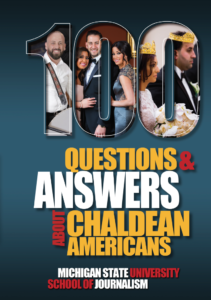
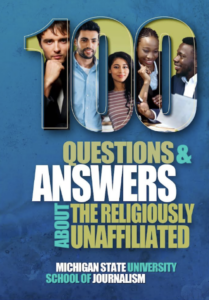
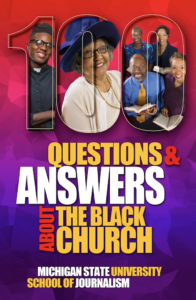
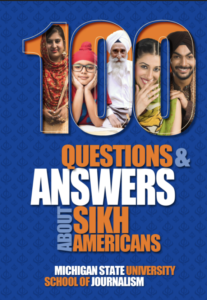
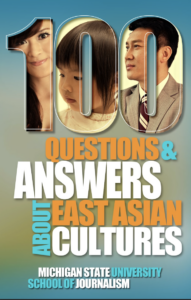
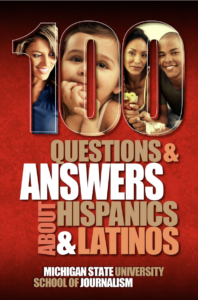
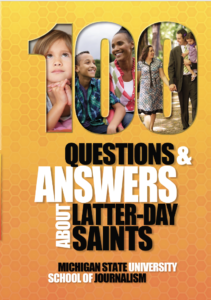

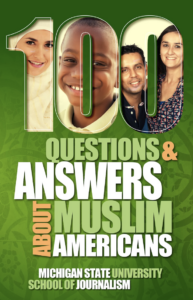
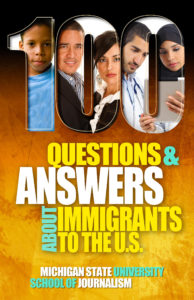
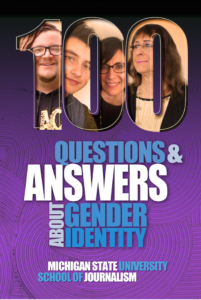
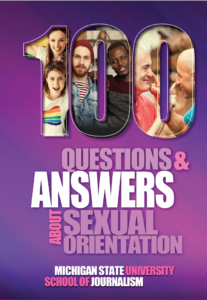
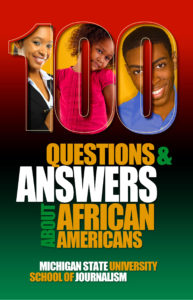

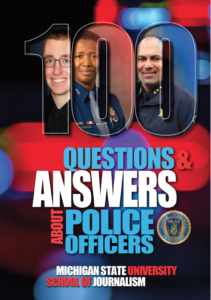
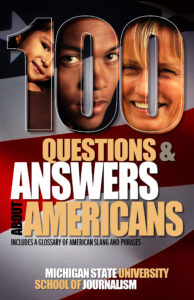



Wow! you covered almost all the important and starting steps of Islam.
This helps in understanding the Islam to the new muslims & to the nno-muslims.
Allah will accept all your hard works in the raising of islam.
Keep it up.